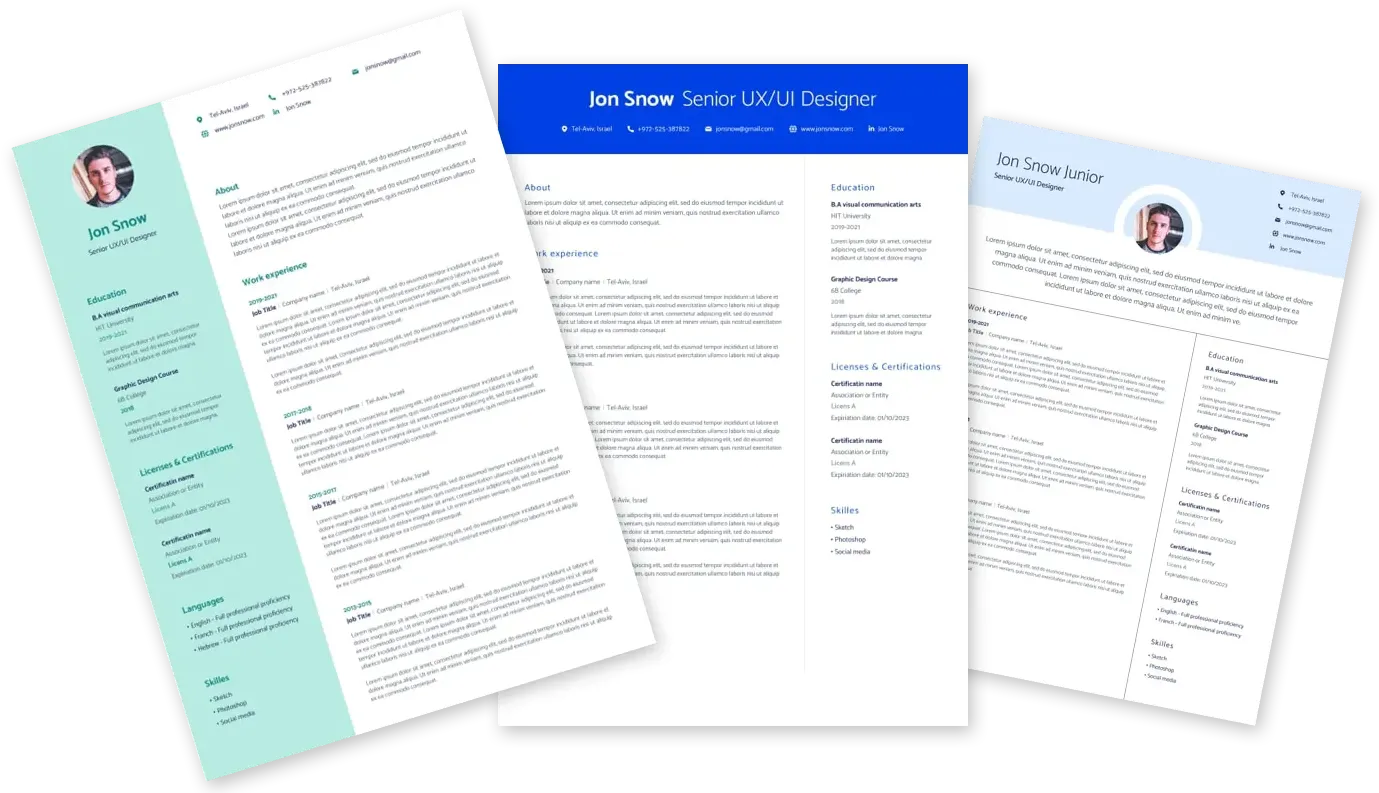
The point where experts and best companies meet

Tesla Diagnostics Engineer Semi United States, California, Palo Alto 568837646
16.04.2025
Share
What You’ll Do What You’ll Bring
- Responsible for supporting Tesla Semi Truck in North America, focusing on chassis and low voltage vehicle sub-systems such as pneumatics (air brakes, air suspension, etc.), steering, wheels/tires, towing, low voltage controllers (including harnesses and CAN), and harnesses
- Perform diagnostics on field failures both remotely - looking at data logged by the vehicle – and directly in the field with onboard diagnostic tools
- Respond to customer escalations and issues in real time to support troubleshooting
- Coordinate with design and development teams to perform further root cause analysis with component owners where necessary
- Work with quality and manufacturing teams to ensure new issues are fully investigated and that countermeasures are in place
- Define requirements for on-board diagnostic methodologies and diagnostic alerts, including consideration for third-party shops, and work with the firmware development team to implement
- Develop and document troubleshooting and remote diagnosis techniques with service technicians, technical support specialists and regional technical specialists
- Collaborate tightly with Tesla’s hardware and software teams to ensure efficient and economical implementation and validation of new features, components, and systems
- Degree in Automotive Technology, Electrical Engineering, Mechanical Engineering, Mechatronics or similar, or equivalent experience
- Minimum 2+ years of experience in automotive industry; a focus on heavy duty trucks or commercial vehicles is a plus
- Experience testing, validating, diagnosing, and/or designing in the automotive industry; commercial vehicle experience preferred, especially air brakes, air suspension, 24V low voltage architecture, body on frame vehicle architecture
- Knowledge of vehicle architecture and CAN (controller area networks); familiarity with SAE J1939 a plus
- Experience with full product life cycles from prototype to production to aftermarket
- Ability to code in Python preferred; experience with C/C++ a plus
- Experience with data acquisition, analysis, and processing tools, such as SQL
- Ability to read and interpret mechanical drawings; experience with CAD systems such as CATIA is a plus
These jobs might be a good fit
